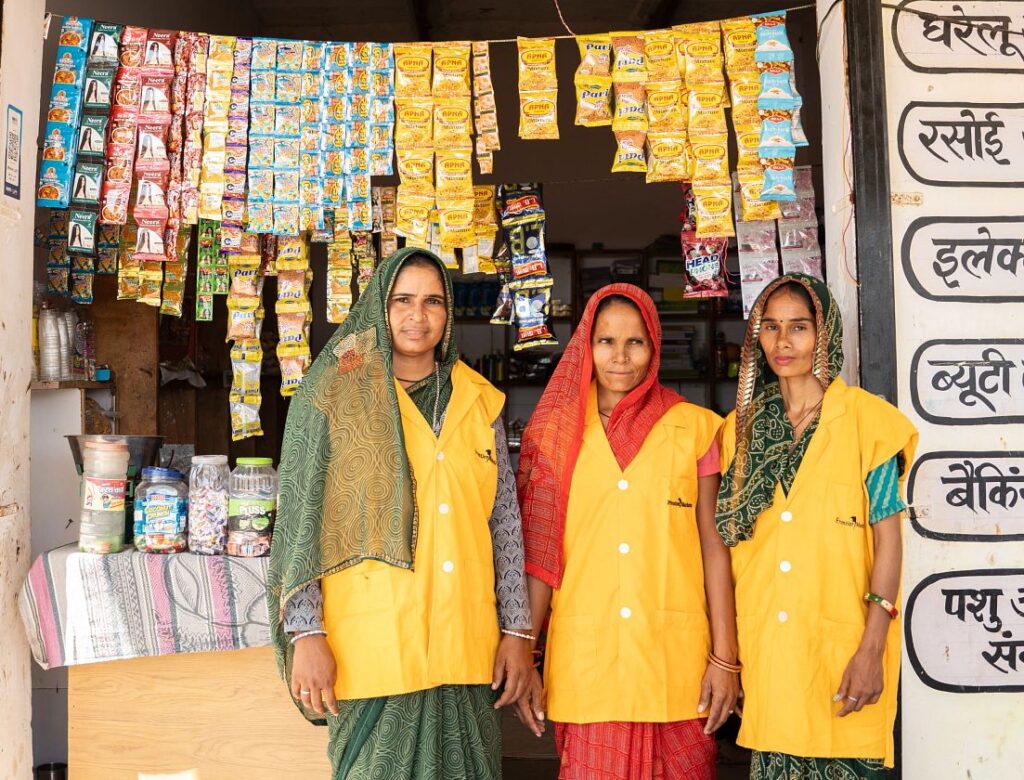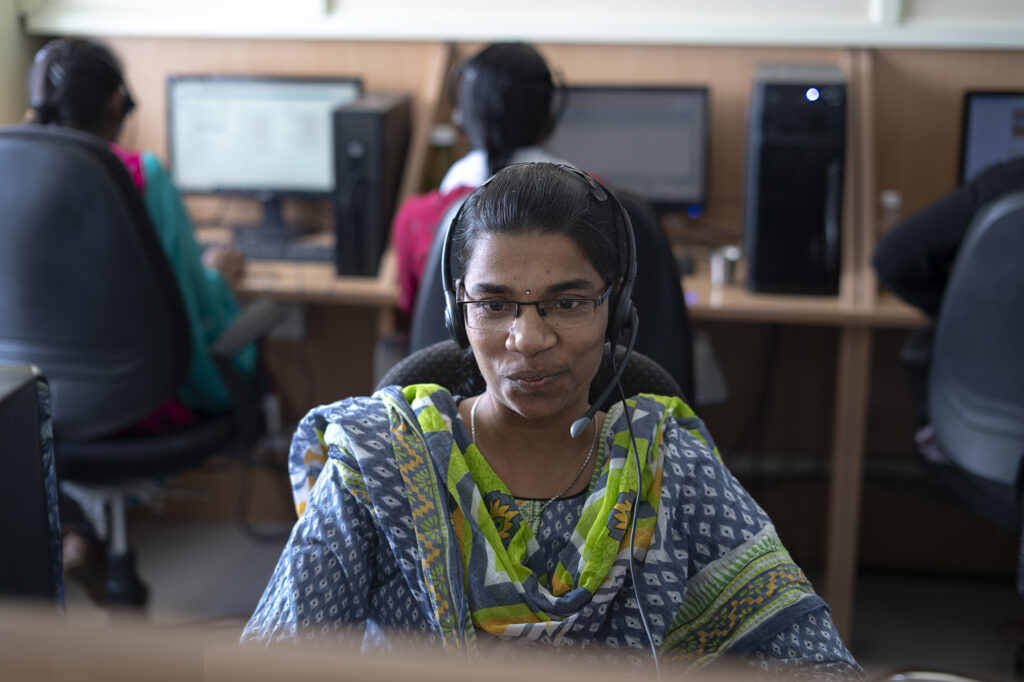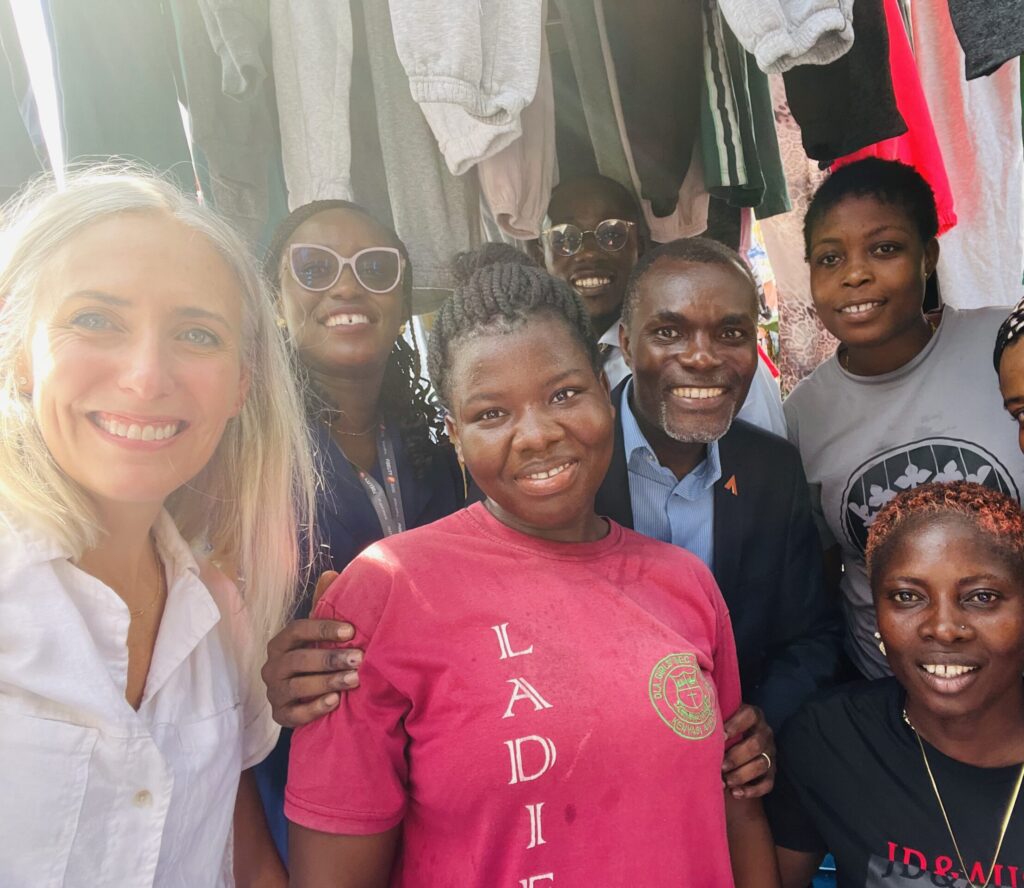
The humanitarian and economic toll of the COVID-19 pandemic presents unprecedented challenges for leaders in all industries. Businesses are grappling with how to respond to a situation that is constantly changing. While everyone will feel the impacts of the pandemic, low-income communities and microbusinesses are especially vulnerable to the business interruptions likely to result from COVID-19. They are less likely to have adequate savings, insurance, or credit that can help them to weather this downturn. Given the speed at which the virus has spread, a passive response is not an option. Financial service providers, particularly those serving low-income individuals and underserved micro, small, and medium enterprises (MSMEs), need to act now to ensure that individuals and communities are supported.
A myriad of challenges for businesses
For small and growing businesses, the impact of COVID-19 cannot be understated. As economic growth comes to a near standstill and prices for basic supplies increase, MSMEs are facing severe financial hardships. Those that depend on global supply chains can’t purchase new inventory. Businesses in industries deemed “non-essential” — such as travel, restaurants, schools, salons, and garment production — have been forced to close. MSMEs that provide essential products, like agricultural goods and sanitation supplies, have been less impacted.
Building strong bonds between clients and relationship officers has been a mainstay of the financial inclusion industry. The inability to hold physical meetings during this time, especially for group lending clients who are used to transacting in cash and interacting directly with staff, will make receiving or paying back credit challenging. Even where digital channels are in place, these are not always widely accepted or understood.
Financial service providers are feeling significant pressure on their loan portfolios as disrupted supply chains and drops in business lead to a lack of demand for credit and ability to repay — especially where digital channels are not available. This affects the portfolio quality of financial institutions worldwide, making it difficult to deal with reduced revenues, stagnant costs, and delayed funding. Many governments and regulators have not yet reached consensus on what policies they will use to provide support to the sector while others have moved ahead with repayment holidays and tax breaks. It’s still too early to tell what approach will be the most impactful in reducing economic losses.
An action plan for financial service providers
With all these challenges to consider, it can be difficult for leaders of financial service providers to determine how to respond and what initiatives to prioritize. To support these efforts, we created a plan that explains what actions leaders should be taking now across four key priorities: clients, staff, business continuity, and financial readiness. These recommendations draw on the experience of financial service providers globally, acknowledging that differences exist in economic, political, and social structures, as well as digital penetration, across regions.
As a first step in the immediate response, institutions should set up a senior, cross-functional COVID-19 task force team to create a plan that considers the entire organizational footprint with a view of all stakeholders.
Supporting clients: identify acutely impacted segments and build trust in digital channels
Financial service providers need to continue to serve clients in ways that support their well-being, families, and businesses during this trying time. Given that some clients may be disproportionately affected, institutions should develop different response and support plans specific to the segmentation of their existing clients’ businesses and take a customer-centric approach that focuses on maintaining trust with clients. As much as possible, institutions should encourage clients to use digital channels that reduce their dependence on cash. In China, the robust digital ecosystem enabled repayments to continue while the country was in lockdown and allowed loan disbursements to restart quickly after the outbreak’s peak. However, in-person transactions may be difficult to avoid for some regions and segments. In-branch assistance should prioritize elderly or at-risk clients to ensure that they feel safe and their needs are met. In cases where digital channels are limited, some institutions have granted grace periods to minimize in-person transactions.
Enabling staff: Build morale and enable remote work
To support staff who may feel uncomfortable coming into work or who are experiencing declining morale due to uncertainty, institutions must demonstrate their commitment to staff safety and security. Institutions should take measures to ensure that staff salaries will continue to be paid and revisit any performance targets that exist considering travel and in-person meeting limitations. Where possible, institutions should enable staff to work remotely by offering secure access through tools such as VPNs, data plans, and laptops.
Continuing business operations: Test disaster plans and support digital channels
To best support business operations in this uncertain environment, companies should go through the exercise of testing their operations for possible worst-case situations and determine action plans for these scenarios. These should be based on a range of expectations for the progression of the pandemic, government response, and supply and demand shifts. To ensure business continuity, institutions should ensure that all digital channels are operational and continually test the ability of channels to handle increasing volumes of transactions as in-person transactions switch to digital.
Building financial readiness: Recalibrate risk limits
Finally, as financial institution performance will be affected across all dimensions— including, interest and fee revenue, loan losses, and operational expenses — institutions should conserve cash and recalibrate risk limits to focus on loan disbursement to known geographies and client segments.
This crisis is likely to reinforce significant shifts in customer routines and expectations, both in terms of digital savviness and expectations for proactive communication. Business operations continuity and financial readiness will continue to be critical to the future capacity of institutions to weather crises as the risks of pandemics, geopolitical tensions, and climate change escalate.
For more guidance, see the toolkit: Responding to the COVID-19 pandemic and view a recording of our webinar: Leadership in the time of COVID-19: Guidance for FSPs.
If your company is experiencing challenges related to the COVID-19 global pandemic and needs personalized support from our team of experienced advisors and investors, please contact us to determine how we can support your COVID-19 response efforts.









